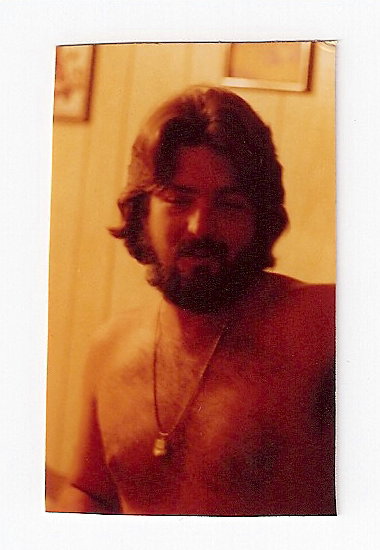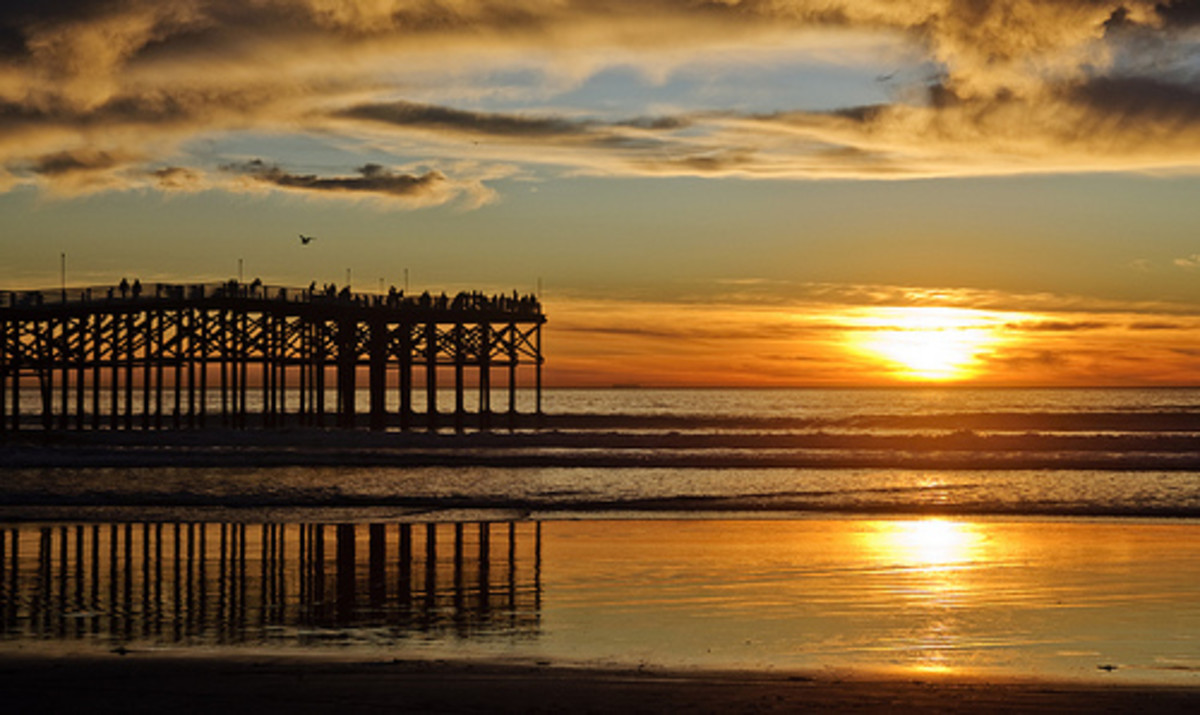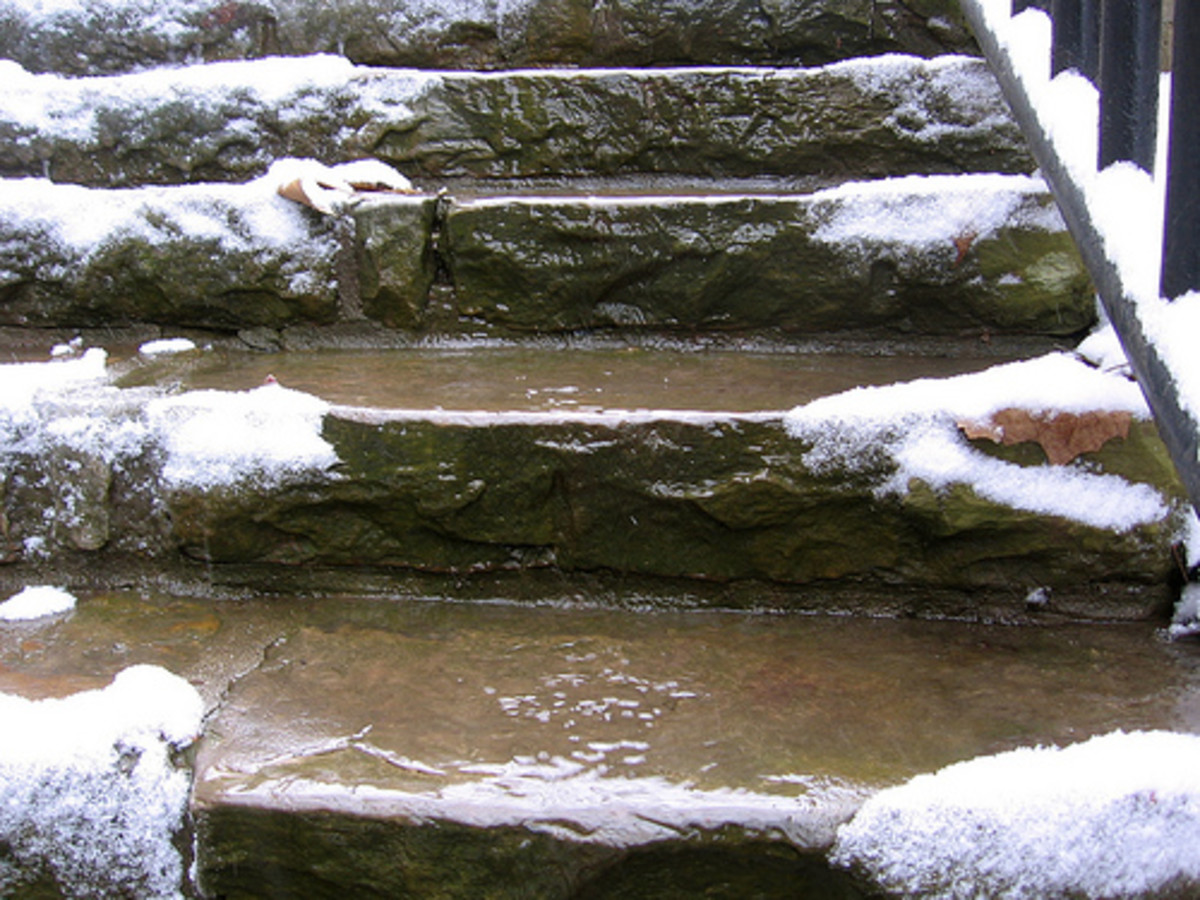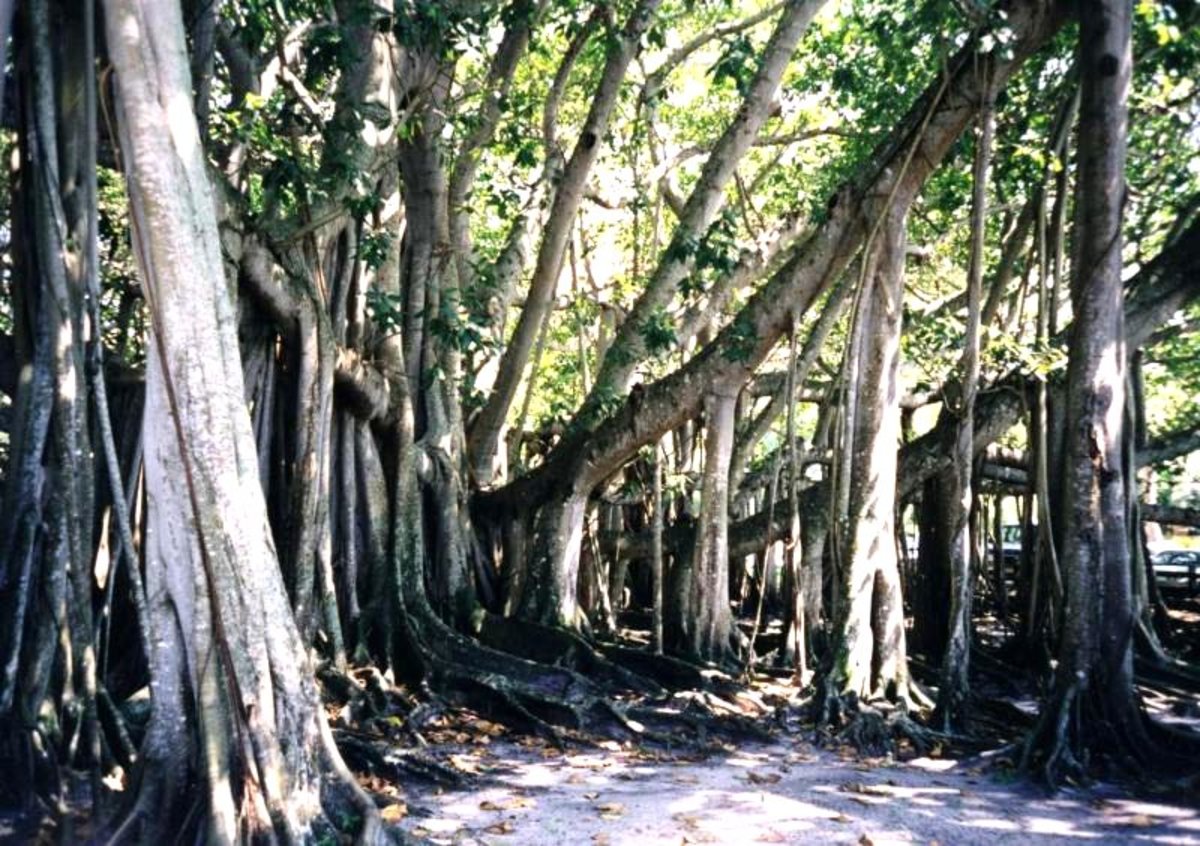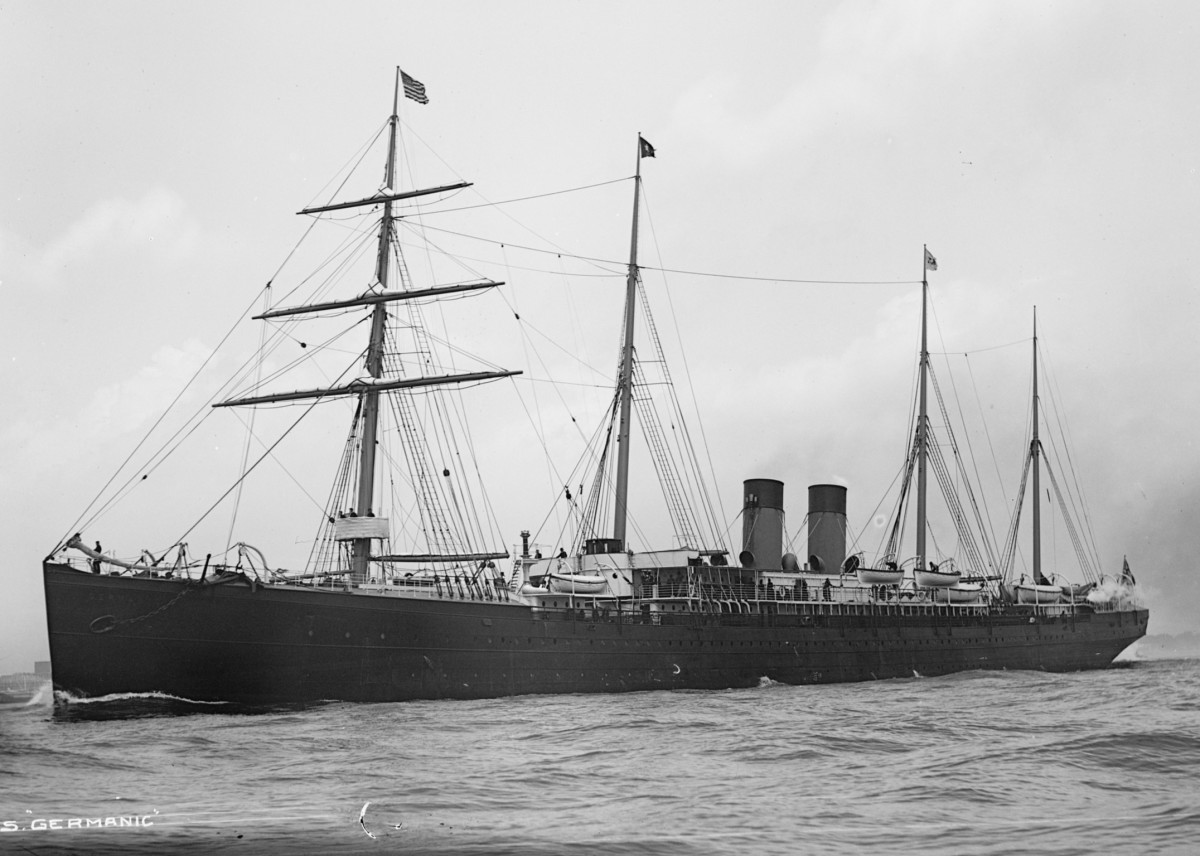- HubPages»
- Books, Literature, and Writing»
- Commercial & Creative Writing»
- Creative Writing
Working Offshore, or How I Became a Young Man
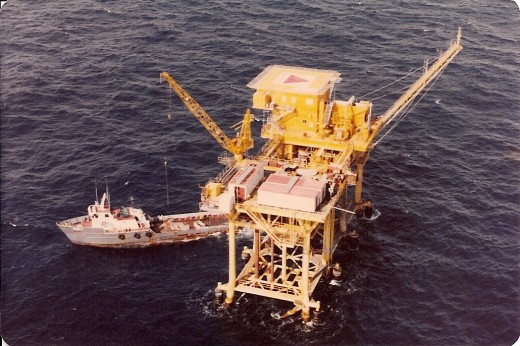
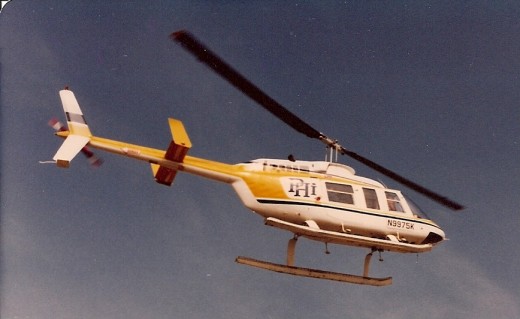
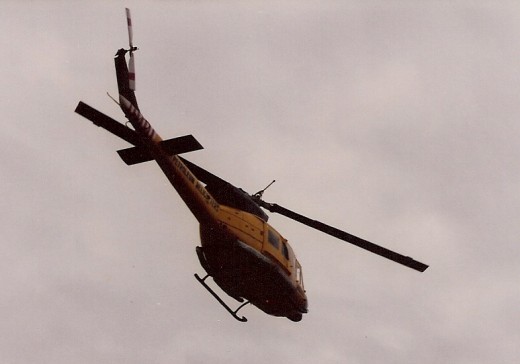
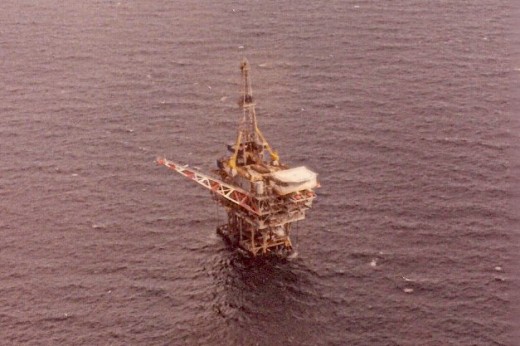
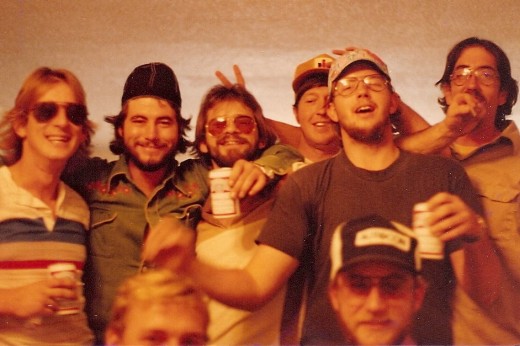
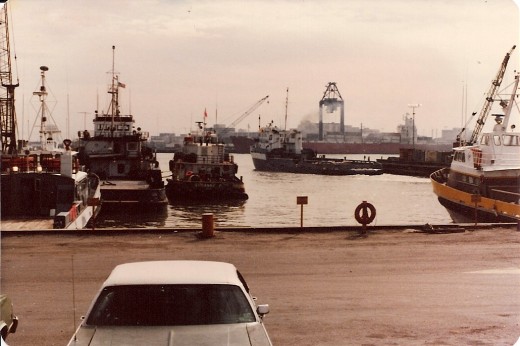
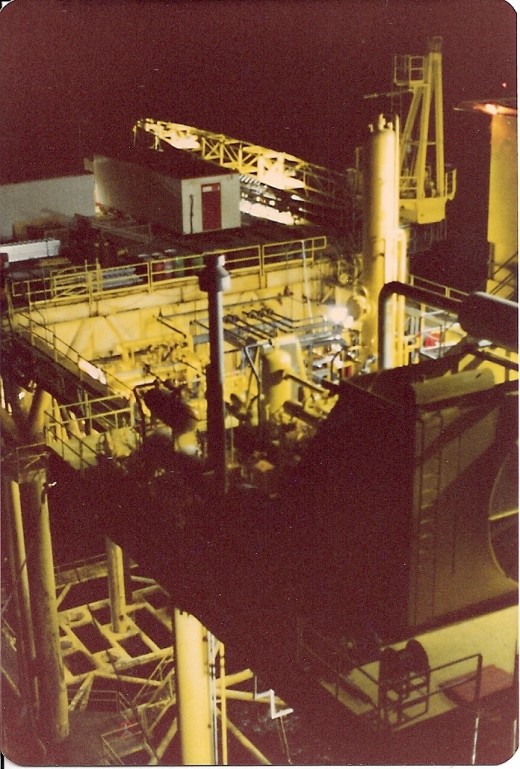
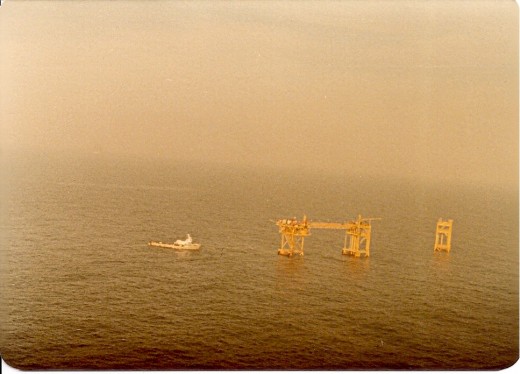
I was 26 years old in 1978. I had come back to Houston, TX via Greyhound bus, alone, with ten bucks in my pocket and without friends or even acquaintances. As I was walking out of the bus station I noticed one of those free papers in which people advertise all sorts of things: local happenings, want ads, etc. It was called the Greensheet. I picked up a copy and began looking through it. I found an ad soliciting people to work door-to-door sales, and gave them a call. Long story short, I was hired and was offered a place to stay by one of the "managers" until I could get on my feet. This lasted for about a month or six weeks, during which time I racked my brain trying to figure out what to do next. One day I was hitchhiking somewhere and got into a conversation with a guy who told me about working offshore on oil and gas rigs and how lucrative it was. That evening I got a Houston newspaper and began to look for offshore job ads. The only thing I found was an ad for a cook with a catering company that contracted offshore work out of New Orleans. I thought: "Why not? What have I got to lose? I'm half Cajun, anyway." So, the next morning I called them and said that I was a cook. The person on the other end of the line asked me if I knew how to make biscuits. When I told him: "With flour and water.", he chuckled and said that they had an opening for a dishwasher. Not what I wanted to hear, and I had no idea what I was getting myself into, but I said: "OK". He called me the next morning about 8:30am and asked if I could make it to the Galveston heliport by 2:00pm that day. I didn't know where the Galveston heliport was or how to get there and I knew that I would have to hitchhike from the west side of Houston, but I said that I'd make it. And I did; with about fifteen minutes to spare. Just goes to show you: where there's a will, there's a way.
I had heard stories about offshore workers being big, linebacker types with bad tempers who'd throw you off the rig or just beat you silly if you didn't cut it. Scary as that was, I went ahead and got on that chopper anyway. Again, I thought to myself: "What have I got to lose? Anything's better than what I'm doing". And this wasn't just a job flipping burgers or selling shoes. It was an adventure; and, possibly, a lucrative one.
Now, I've always liked to fly. Lifting off in that chopper that day trumped my anxiety about where I was headed. And if I'd known what was in store, I would have been positively ecstatic. The flight was without incident and the guys I flew out there with turned out not to be such bad guys after all. Still, I didn't say much. We landed on High Island 356, a Citgo rig, about forty minutes later, approximately 40 miles due South of the Texas/Louisiana border. To my chagrin, since I'd never been on an offshore rig, or platform, before, and so, didn't know that all of the stairways and some of the decks were grating such that you could see all the way down to the water (about five or six stories), I tiptoed everywhere for a couple of days. But as I got to know my job and as I befriended a few rig hands, my fear of the unknown dissolved into a quest for a job on the welding crew. However, just as I was getting my "rig legs" on my third day out, we got word that a tropical storm had developed in the Caribbean and was pushing towards Galveston and our general area. Consequently, a hurricane evacuation was ordered and almost exactly 72 hours after I'd arrived, I left with all hands for the "bank".
Citgo put us up at a Holiday Inn in Baytown, TX. Since there was an odd number of us and since I was the new guy, I ended up with a room to myself. Hallelujah! Thank you, Jesus! For the last several weeks I'd been sleeping on stranger's couches with no privacy and little money for anything but canned soup and hot dogs. Now I had my own private room. And to boot, Citgo allowed us carte blanche at the restaurant and the bar. For six days, life was good; really good. That six days also gave me a chance to get to know the guys I was working with; and them a chance to get to know me.
When we returned to the rig, I only had a few days left on my two-week stint. But things were much different after our stay in Baytown. Now I knew some of these guys. Washing dishes and emptying trash wasn't so bad, now. Still, I wanted to get on that welding crew. I worked only one more two-week stint with the catering company. Then, on the last night before the crew change of my second stint, one of the guys on the welding crew got angry about something and either quit or got fired. The crew chief asked me if I still wanted to come to work with them. Of course I said yes. He told me to come back in two weeks and fly back out with them, which I did. I was in. And for the next three years plus, I averaged over $1,000.00 a week, clear, after taxes, on a two-week-on, one-week-off schedule. Like I said, where there's a will, there's a way.
Very simply, a metal fabrication, or welding, crew on an offshore rig is contracted by the oil company to come in and install the machinery, pipe work and living quarters on a platform. They also do repairs. At the top of the chain are the pipe welders, then the pipe fitters, then the riggers, and last, the rigger helpers. I started out as a "rigger helper". The riggers, with the assistance of the helpers, build platforms the fitters and welders can sit, stand or lay on to do their jobs. The helpers also assist in loading and unloading the supply boats and any other odd jobs that come up. We never worked less than 12 hours a day, and on several jobs, 18 hours a day. That's how the money added up.
Needless to say, working offshore is not your average sort of job. It is a very dangerous occupation. Most of the time it was routine, but there were some memorable events. For example, one day I was directing a crane operator while moving some equipment from one place to another. After dropping the equipment in its new location, the crane operator began to reel the line back in. If you've ever seen a single line crane, you might remember the little ball with a hook on it that hangs on the end of the line. That little ball, in this case, was a two hundred pound ball of solid steel and was there to keep the line taught when the line wasn't engaged. It's called a headache ball. Now, the end of the boom was directly over where I was standing, which was between two very large pieces of machinery; a locomotive sized generator and something called a separator. As the crane operator was reeling in the line, he got distracted by something and didn't notice that he had reeled the headache ball all the way up to the end of the boom and was still pulling on the lever. Consequently, the line snapped and the ball fell as I watched from below. I barely had time to jump up onto the steel pallet that the generator rested on; up about 12 inches. The ball glanced off a cylindrical part of the separator and landed exactly where my feet had been. It happened so fast I barely had time to react. I'll just say that it could have been a heck of a lot worse.
Another rig I worked on off the South Texas coast was called a "yellow gas" rig. Yellow gas is significantly more flammable than regular natural gas. It's also poisonous. We were told that a dropped wrench on metal grating or steel plate could cause a spark that could blow the rig up; so, don't drop anything. I landed on a rig that blew up once. It, literally, looked like a melted candle. Fortunately, that "yellow gas" job didn't last very long and I'm still here to tell about it.
One other story: I almost had both my legs sheared off between the stern of a crew boat and the "fishing deck" of a rig off the Louisiana coast as my crew was being dropped off one night when seas were about eight feet. Fortunately, the guys on either side of me grabbed my arms and yanked me out of harm's way. The thing is, out in the middle of the Gulf of Mexico, there is no 911, no hospital around the corner, and no ambulance to come get you. It's an emergency call to a stand-by chopper or the U S Coast Guard, a long wait for them to get to you, then no telling how far to a trauma center from the rig.
Now, on the lighter side, most people, when they think about fishing, picture someone standing on the bank of a lake or river or in a boat with a rod and reel. Not so offshore. I don't recall ever seeing a rod and reel on an offshore rig. We fished with quarter inch nylon rope, scrap metal weights, and six or eight inch hooks we made ourselves. The only thing we used standard hooks for was to catch scavenger fish that would hang around the rigs for the food scraps the kitchen would throw out. They were our bait. With the nylon rope we would fashion a sort of trotline weighted down with several pieces of scrap metal and with five or six hooks incorporated and spaced a couple of feet apart. Skewered on the hooks were five or six scavenger fish. But instead of trotline fishing, we cast the whole thing out into the Gulf and let the current take it. I remember catching just two fish that way during my offshore days. One was a 40lb Jew Fish. The other one I never saw because it snapped the nylon rope I was using like it was a piece of string. I watched a guy catch a shark one day, though. And on another rig that was situated about a half mile from its sister rig, I watched a crane operator on the sister rig haul a huge fish up from the water below... with a crane! Now that's fishing.
Occasionally the weather was so bad that the helicopters couldn't fly. So, we had to take a crew boat if a crew change was scheduled. I like boats and I don't get seasick in heavy weather. I had been know to tie a rope off on a cleat outside on the bow of a boat and "ride" the weather. Unfortunately for some of my co-workers, who were susceptible to seasickness, the boat rides were murder. They would strap themselves in to the lower bunks with tin pales next to them on the deck. And those boat rides would last for five to eight hours, depending on the severity of the weather and the distance to the rig.
Most of the time, though, we flew in and out in helicopters, which I loved. More times than not I would snag the front seat next to the pilot. It was always such a thrill to me to watch what appeared to be the ground falling out from under me. The helicopters were operated by PHI (Petroleum Helicopters, Inc.) Most of the pilots were, at that time, ex-Viet Nam vets who really knew their business. One early morning I was up front with a pilot of Vietnamese descent flying out of Galveston, TX. It was a crystal clear day; not a cloud in the sky. He was talking to me through the headset about something. We were cruising along about 100 knots (151 mph). I don't remember what our altitude was, but suddenly, and I do mean suddenly, the pilot banked hard to the right. Just as he did that a seagull shot past us to the left mere feet from the windshield. It all happened in less than the time it would take to say: "One, one thousand". After that experience, I developed a very healthy respect for those pilots.
Not surprisingly, we always looked forward to coming back in after two weeks out on a rig. A few guys were married, but most of us were single. The first couple of years I stayed with the same crew. Four of us had a four bedroom apartment in Galveston. We partied a lot; spent a lot of time in bars and spent a lot of money. The single girls loved it when we showed up because we were nonstop fun. But then, after some of the things that happened out there on those rigs, we had a lot of steam to blow off. I remember one time, hitting the bank at 9am, hitting a bar at 10am, and being stinkin' by 11am... all twelve of us.
I worked with a crew out of New Orleans for several months. We actually built a platform in New Orleans, then did the fabrication work on it after it had been transported and set at its location off the Louisiana coast. We lived on one rig and boated over to the new rig every day, seven days a week for five and a half weeks. It was on that job where I almost lost my legs one night coming back to our living quarters. It was also on that job where I saw the biggest barge crane I have ever seen. This thing was so big and powerful, I dare say, it could have picked up a railroad locomotive. Only with the help of that barge crane could all of the necessary buildings and machinery get set on that new rig. It was a sight to see.
I had quite a time in New Orleans the first night back after that job. I missed my plane and hired a cabbie to "take care of me", which he did. I stayed at the Marie Antoinette Hotel in the French Quarter and did it up. I remember being amused that the room had a bidet in the bathroom with a phone next to it. On the plane back to Texas the next day, a couple of Air Force nurses sitting across from me noticed I was a bit under the weather. One of them handed me a couple of white tablets and said to take them and I'd be fine by the time we landed in Houston. She wasn't kidding.
After nearly three years working offshore, I think in 1981, Ayatollah Khomeini and the oil producing countries in the Middle East (Was it OPEC then?) flooded the market with cheap oil, or some such thing, and caused oil and gas producers in the U S to cap their wells... which meant that I was out of a job. After working in a boat yard in Galveston for a few months, I decided that maybe school wasn't such a bad thing after all; I had realized the value of education. But, boy, what a ride it was to get to that conclusion.
